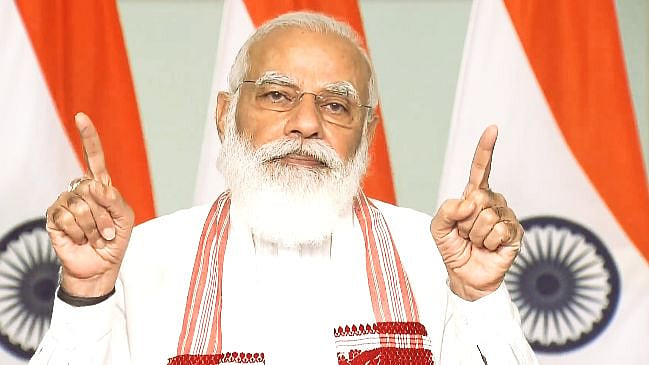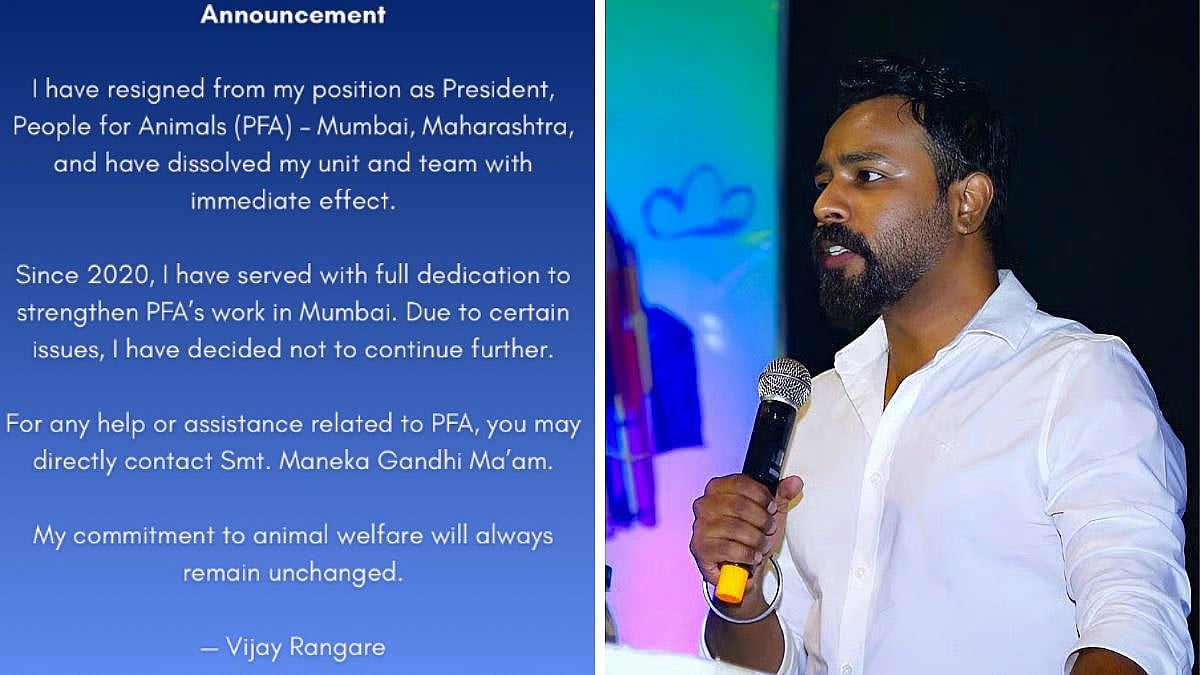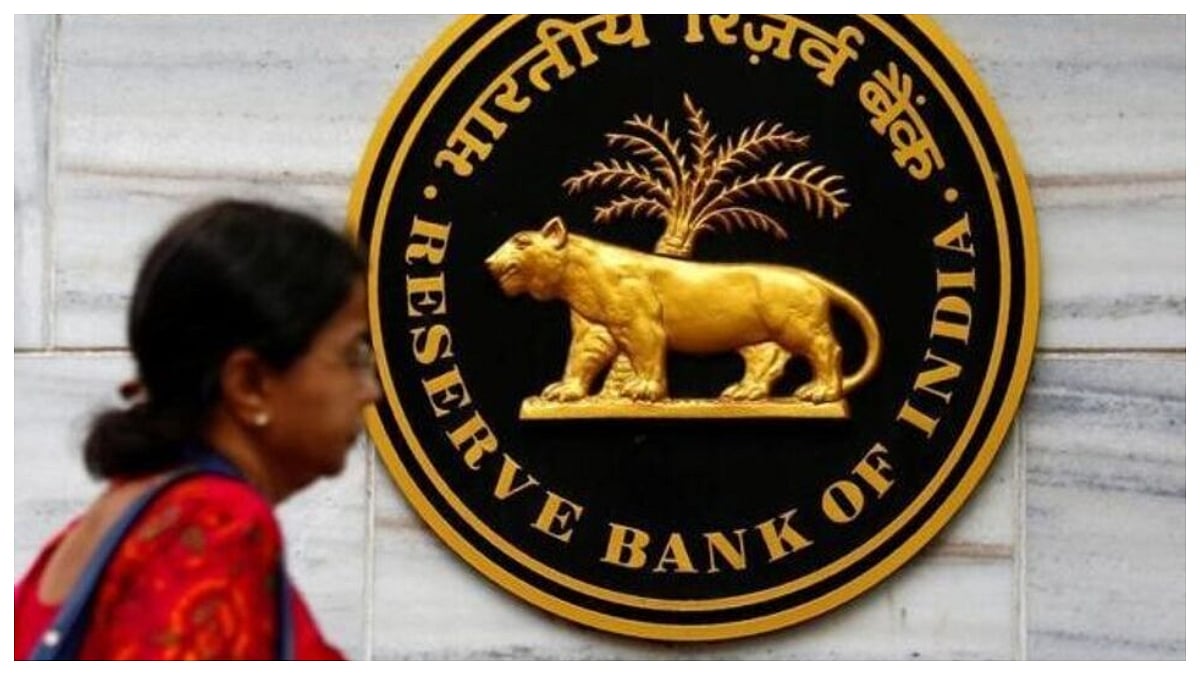Free trade agreement (FTA), a form of trade pacts, determine the tariffs and duties that countries impose on imports and exports to reduce or eliminate trade barriers. Thus, encouraging trade between countries. The agreements are focussed on providing for preferential tariff treatment. The deal also often include clauses on trade facilitation and rule-making in areas such as investment, intellectual property, government procurement, technical standards and sanitary and phytosanitary issues.
The advantages of these agreements are many. Countries like Singapore and Vietnam benefitted a lot from the FTAs. These agreements helped these countries, helped them to improve the international trade volumes and emerge as leading nations in trading. The leading trading nations in the world benefitted from the FTAs they have signed with many countries in the world.
The main advantages of FTAs are: increased economic growth, increased ease of doing business, lower expenditure by the government on subsidies, increased FDI, development of global expertise and access to the latest technologies.
The agreements help to produce the goods in which there is a comparative advantage. International trade enables countries to obtain the advantages of specialisation. International trade permits industry to take full advantages of the economies of scale (large-scale production). If certain goods were produced only for the home market, it would not be possible to achieve the full advantage of large-scale production.
FTA permits industry to take full advantages of the economies of scale (large-scale production). If certain goods were produced only for the home market, it would not be possible to achieve the full advantage of large-scale production. Free trade is often an efficient way of breaking up domestic monopolies. International trade and commercial relations often lead to an interchange of knowledge, ideas and culture between nations.
Free trade increases the earnings of all the factors as they are engaged in the production of those goods in which the country has a comparative advantage. Consumers of the different countries get the best quality foreign goods, often of a wider range of choice, at low prices. Free trade stimulates home producers, who face foreign competition, to put forth their best effort and thus increase managerial efficiency.
FTA also puts pressure on several fronts including increased outsourcing from other countries, theft of IPR, affecting the performance of domestic industries. The disadvantages of Free Trade include the dependence of a country on other countries increases. The domestic industries of the developing countries would not be able to develop rapidly due to the superior strength of foreign industries. The foreign companies become dominant players in the local market. This could lead to a lot of imports which are not essential for the country. Many times, free trade creates a lot of geo-political and geo-economic issues between nations.
In the last three years, there is increased protectionism being seen in the leading trading countries in the world. This has been aggravated by coronavirus. The rise in protectionism due to coronavirus has made governments across the world to review their approach to globalisation, including by calling for supply-chain reshoring and heightening their scrutiny of foreign direct investment. Calls for trade diversification is expected to gain further traction in 2021. Strategies of nearshoring with supply chains becoming more regionalised—will become the norm going forward.
The present situation and the state of geopolitics and geo-economics offers a lot of opportunities for India to realise the vision of 25 per cent of GDP to come from manufacturing. The 'Make in India' can be given a good boost. Further to achieve the desired higher economic growth rate, India has to increase trade growth in big way. The leading economists in the world believe that India can achieve higher economic growth by giving a big boost to trade. When India was growing at a fast pace, trade contributed to the growth of the economy.
Prime Minister’s Programme of Atmanirbhar Bharat Abhiyan, which translates to 'self-reliant India' or 'self-sufficient India', is the vision of the Prime Minister of India of making India "a bigger and more important part of the global economy", pursuing policies that are efficient, competitive and resilient, and being self-sustaining and self-generating. Atmanirbhar Bharat does not mean self-containment, isolating away from the world or being protectionist. Under this programme, already more than 27 sectors identified for growth.
The government has also brought out production-linked incentives. After the announcement of the programme, many of the global multinationals in the world expressed their interest to set up their manufacturing operations in India. A few large multinationals like Samsung have already announced their plans to set up large factories in India.
In the central government budget also, there was an emphasis on increase the presence of Indian industries in the global value chain. The countries, which are leading global value chain, have more liberal trade policies and many FTAs. Bangladesh and Vietnam with more liberal policies overtook India in apparel exports and emerged as preferred nations for new factories in Asia.
India’s experience of the signing of these agreements is mixed. In many instances, after signing the agreement, the objectives set while signing the agreement was not achieved. The nations which signed the agreements benefitted more from the agreements. This is one of the reasons, India is treading carefully in signing new agreements. In fact, in some of the earlier agreements, the terms of the agreement were modified to protect India’s interests. In the last few years, India’s trade with Asian nations reduced but the trade with the US and Europe increased. There were review and renegotiation of the existing FTAs with ASEAN, Japan and Korea, and at the same time, forging enhanced trade alliances with the European Union, UK, US and Australia.
India can formulate a strategy, which will increase the exports and trade of India and contribute to a significant increase in economic growth. The FTA strategy to be formulated should take into consideration the following.
Government policies for the identified sectors should take into account the entire ecosystem for the sectors. The role of each stakeholder in the ecosystem should be identified and policies evolved should facilitate the balanced growth of all the stakeholders. The trade policies relating to these sectors should be liberalised after taking into consideration the protection of stakeholders who are likely to be affected by the policies. Schemes should be developed for the stakeholders who will be affected by the new policies.
Improving the Competitiveness of the sectors identified. Many sectors in India are already globally competitive. The sectors like automobiles, pharma, chemicals, apparels, IT&ITES, R&D. But in a sector like apparels, countries like Bangladesh and Vietnam have improved their competitiveness. For the identified sectors, the best practices adopted by other countries to achieve the leadership should be studied in detail and strategies could be evolved to achieve competitiveness.
To become a part of the global value chain, it is very important to input costs and cost of factors of production are very competitive. There is a need to lower duties on raw materials and intermediate goods. In a few products, there is also an inverted duty structure.
The government is working on a strategy of improving the quality standards in different industries. The conferences on improving quality were also held in collaboration with a leading institution like CII. Quality standards have to be defined and it should cover the entire ecosystem and value chain of an industry which has been identified for thrust.
Logistics cost is one of the highest in the world today at 14 per cent of GDP. The government’s objective is to bring this down to 9 to 10 per cent of the logistics cost like the developed countries. This will go a big way in improving competitiveness. Towards this end, many initiatives on railways, waterways and logistics parks and centres were developed. This will go a big way in reducing the logistics cost.
After corona, every country in the world is concerned about protecting the local industries. It is very difficult to fully open the trade because MSMEs in India contribute a lot to the GDP and exports. They required government support during the liberalisation process. If a country has to improve the exports, then the export and import policies should be very liberal. There should be policies to ensure an easy import of components and raw material. The policies should consider a calibrated and phased approach to liberalise the trade in phases.
The new policies by the government have created a lot of interest from leading manufacturers in the world to set up their factories in India. Formulating an FTA policy taking into consideration the above aspects will help to make India a preferred location for manufacturing and accelerating the economic growth through increased trade.
R Kannan is an expert in finance and strategy with more than 35 years’ experience. He has been associated with TCS, Hinduja Group, ICICI Bank, among others.









